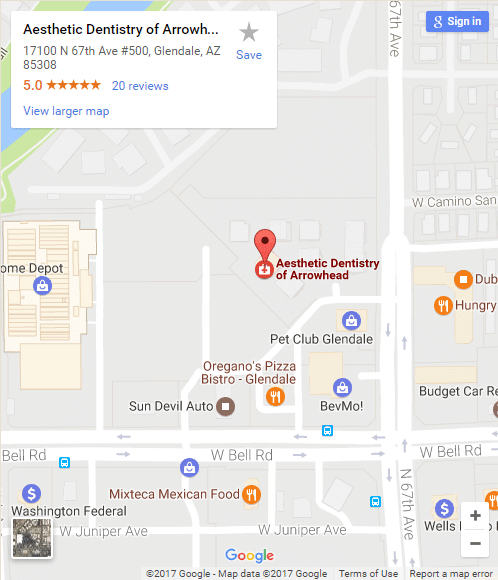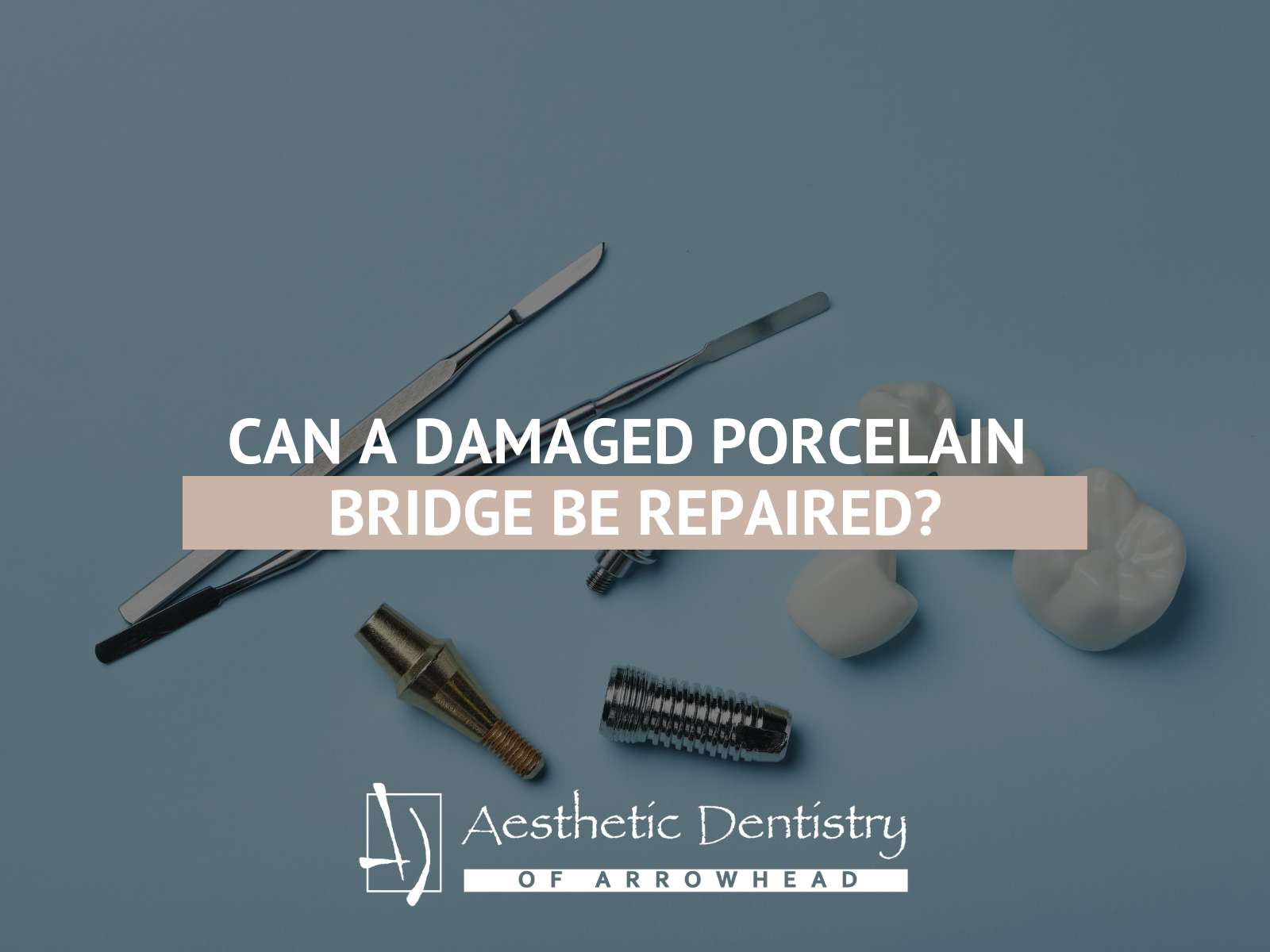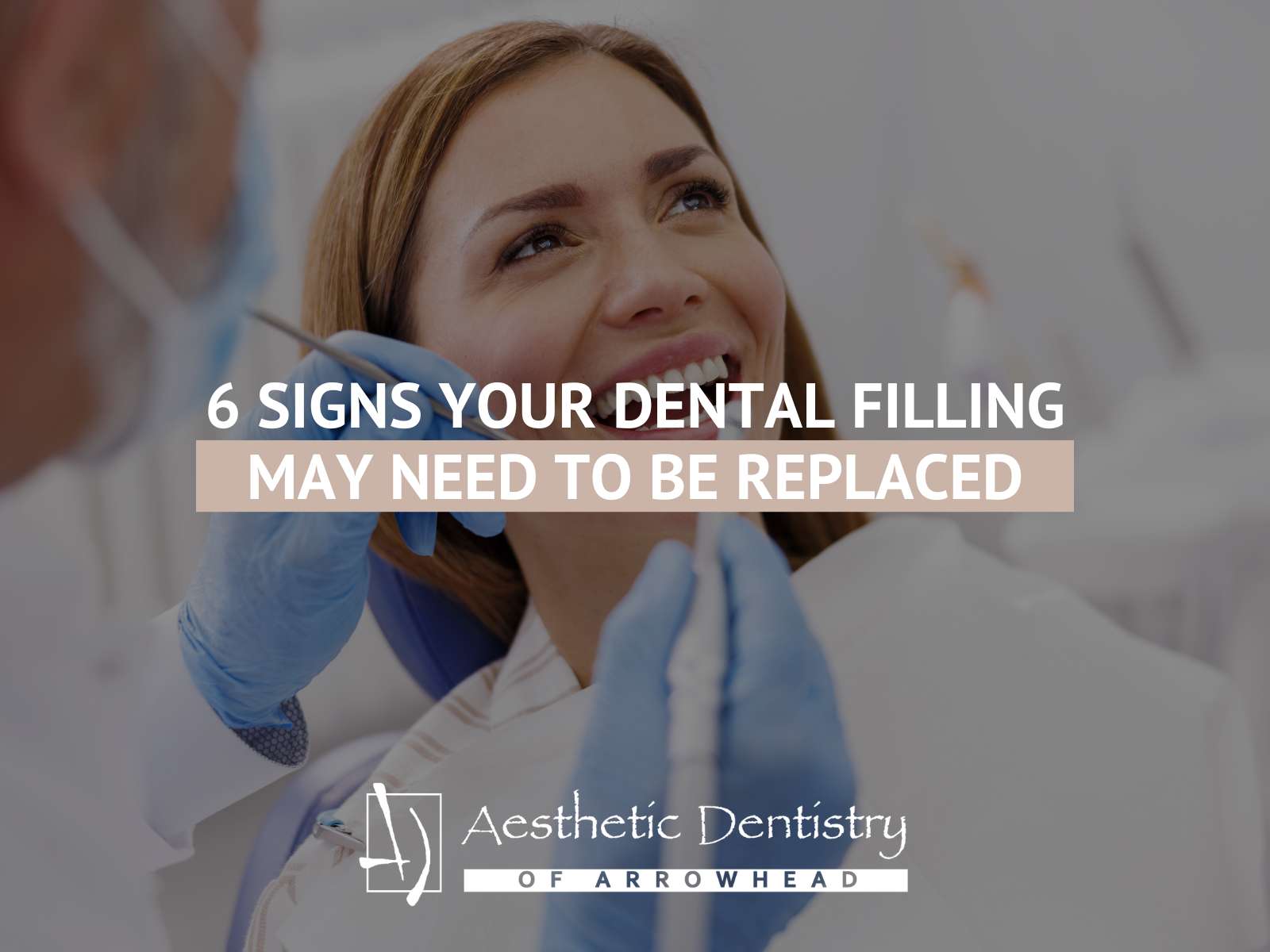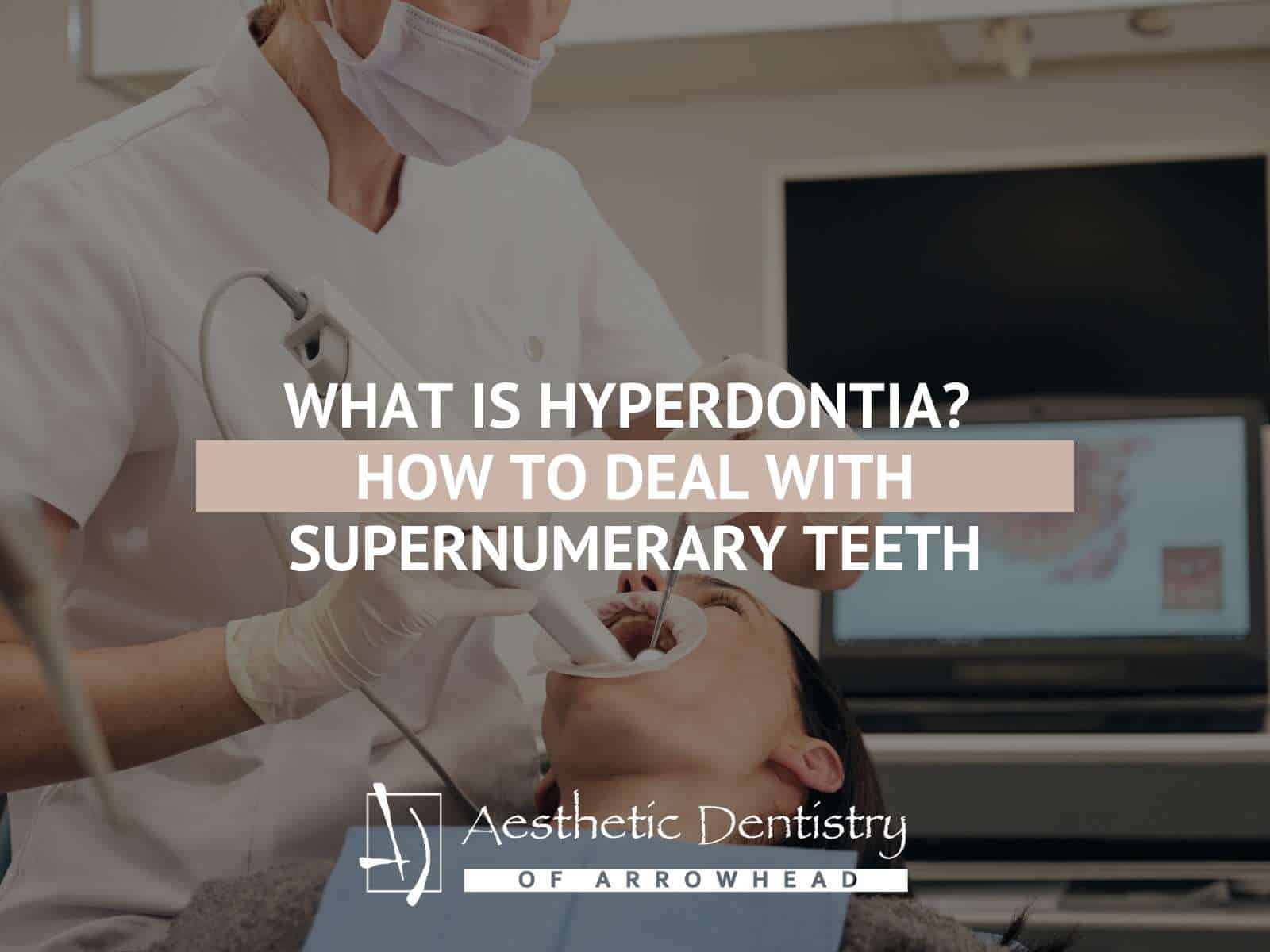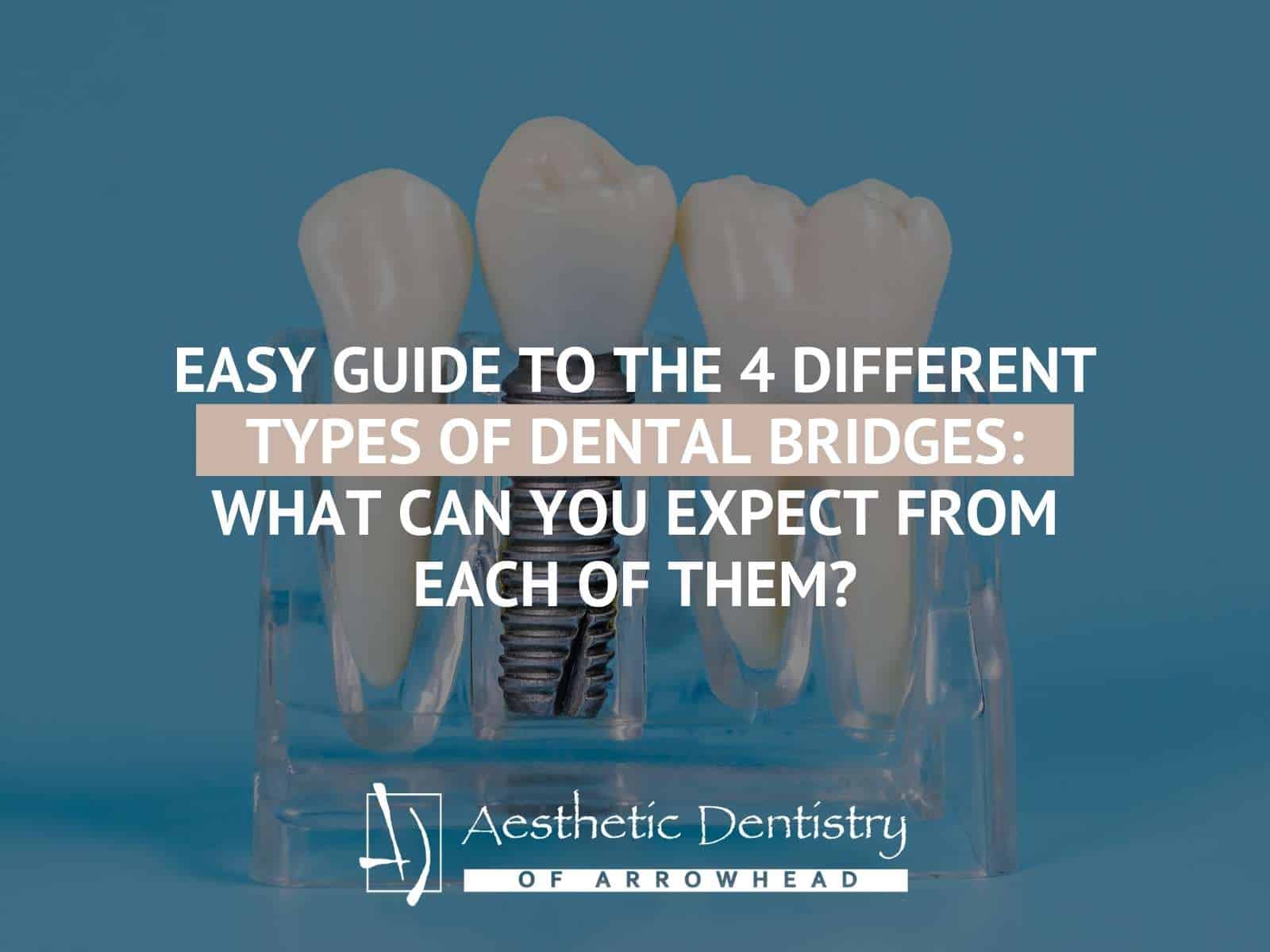Pediatric Dentistry Treatment
Pediatric dental exams are more extensive than just looking at the teeth. The dentist performs a review of the childs health history to determine if there is a need for any special Glendale dental care. The examination will note the health and condition of the teeth, gums, soft tissues, head and neck. The dentist also monitors the growth of the jaws and development of the teeth, and evaluates any oral habits, such as thumb sucking. The pediatric dentist will use all of these factors to make a diagnosis and create a custom treatment plan and instructions for home care.
Pediatric Office Cleaning
The dentist or hygienist will clean the childs teeth to remove any plaque or calculus. Without treatment, this build up can cause gum disease and tooth decay. The dentist will also treat the teeth with fluoride to strengthen them and make them resistant to tooth decay. Glendale AZ cleanings and fluoride treatments are recommended twice a year to maintain your childs dental health and prevent decay.
Oral Hygiene Instructions:
Prevention is a vital part of your childs dental care. The dentist will provide instructions and tips on home dental care, such as brushing techniques. The dentist may also provide a list of foods and habits that should be avoided.
X-rays:
Children generally need x-rays more often than adults since their mouths grow and change rapidly. They are also more susceptible to tooth decay.
Pediatric dentists can use x-rays to survey erupting teeth, diagnose bone diseases, analyze the extent of an oral injury, or plan orthodontic treatment. Pediatric x-rays allow the dentist to diagnose and treat conditions that cannot be visually detected during an oral examination. If dental problems are identified and treated early, dental care will be less invasive and affordable.
Pediatric dentists are careful to minimize the exposure of your child to radiation. Lead body aprons and shields help protect the child’s body, and modern dental equipment is designed to focus the x-ray beam only where needed and filter out unnecessary x-rays. Use of high-speed film and digital x-rays help minimize radiation exposure.
For children with a high risk of tooth decay, the American Academy of Pediatric Dentistry recommends x-ray examinations every six months to detect cavities developing between the teeth. Children with a low risk of tooth decay require x-rays less frequently.
Panoramic x-rays:
Panoramic x-rays may sometimes be necessary to view the child’s entire mouth and jaws. It shows any permanent teeth that are missing, abnormal growth, extra teeth or other oral issues. A panoramic is typically scheduled when a child’s 6th year molars erupt and then once every 3-5 years after that. Sometimes a panoramic may be recommended if there has been physical trauma to the jaw.
Tooth Colored Filings:
Tooth colored porcelain fillings are usually used to enhance the front teeth where appearance is the most important. They are also used to also repair chipped or decayed teeth anywhere in the mouth. The benefit of tooth colored fillings is that they are hard to distinguish from the natural teeth color.
Sealants:
Glendale pediatric dentists use sealants to help prevent tooth decay. Sealants are made of clear plastic and are applied to the chewing surface area of the tooth. Some teeth tend to have depressions and grooves which are difficult for the child to clean. Sealants are used to fill these depressions to deter tooth decay. Application of the sealant is quick, painless, and can be effective for many years if your child practices good oral hygiene and avoids biting hard objects.
Crowns:
Baby teeth hold the spacing for the permanent teeth and help guide the permanent teeth into position. Baby teeth allow for normal development of the childs jawbone and muscles. When baby teeth fracture due to decay or trauma and a filling is required on more than one surface of the tooth, the pediatric dentist may recommend the placement of a crown over the baby tooth instead of a filling. The filling may decay again, break or wear out, and the tooth will then require another restoration. A crown is more durable than a filling, and should last until the child’s adult teeth come in. In many cases the crown results in less expense to the parent and less trauma to the child.





Pulp Treatment:

When the pulp has been injured by trauma, decay or other causes, endodontic treatment is usually the best way to try to save the tooth. Unless a childs tooth is about to fall out, a dentist may recommend endodontic treatment on a child’s primary(baby) tooth. Without treatment, the child will experience pain or discomfort, and infection may result. Early extraction of the primary tooth is usually not advisable because primary teeth are necessary for chewing and for learning proper pronunciation during language development. Also if a baby tooth is extracted too early, neighboring teeth can shift and occupy some of the vacant space making it difficult for the permanent tooth to grow in properly.
Symptoms that indicate a need for endodontic treatment can include toothache, sensitivity to hot and cold, or if the pulp has been exposed from fracture and the child is experiencing sensitivity. The type of endodontic treatment that may be recommended depends on how seriously the pulp is affected, an evaluation of the tooth and the results of an X-ray.
Extractions:
Primary teeth or “baby teeth” play an important role in a child’s life for proper chewing, speaking and speech development. Primary teeth also maintain proper spacing for the permanent teeth and help guide the permanent teeth when they finally cut through the gums. So whenever possible, dentists try to preserve the natural baby tooth when treating for decay or damage. However, there are times when it is necessary to remove a baby tooth. Extraction of a tooth may be necessary in the following situations:
- The tooth is too damaged or decayed to be restored
- The tooth fails to loosen and fall out on its own and blocks the adult tooth from emerging
- Teeth need to be removed due to crowding or for orthodontic purposes
- Impacted or un-erupted wisdom teeth
Once a tooth has been removed, neighboring teeth may start to shift, resulting in problems with spacing and growth and development. To avoid these problems, the dentist may place a space maintainer.
Space Maintainers:
Space maintainers are necessary when a primary tooth(baby tooth) has been lost prematurely. A space maintainer holds open the gap where the permanent tooth will come in, and avoids shifting of the neighboring teeth. Space maintainers can be fixed or removable, and they can be unilateral(fixed to one side of the mouth) or bilateral(fixed to both sides of the mouth). For younger patients, fixed space maintainers are usually recommended.
Nitrous Oxide:
Also known as laughing gas, nitrous oxide is a type of sedation that can be administered when a child is scared and not able to relax. It is also used with patients who have sensitive gag reflexes. You inhale this through a mask and you quickly begin to feel relaxed. Its effects wear off after the mask is removed.
Conscious Sedation:
Conscious sedation medications are available for children who need help relaxing at the dental office. Conscious sedation is sometimes needed for those children who are anxious during appointments. Conscious sedation helps increase cooperation and reduces anxiety and discomfort during dental procedures.
Thumbsucking
It is completely natural for babies to suck on anything around them, this is a natural reflex that ensures they will take in food in their first few hours, weeks and months. This sucking is also a soothing reflex and many babies can be found drifting off into sleep while nursing at the breast or bottle. As babies grow, they learn to self-soothe, frequently finding their thumb to be the most available source to suck on regularly. Some parents may provide a pacifier to a fussy baby, which can be provided to even the youngest of infants that are not yet coordinated enough to get their thumb in their mouth when distressed. Some parents also believe that breaking a pacifier habit can be easier to break than thumbsucking. Other parents may encourage the habit of thumbsucking because pacifiers can be dropped or lost, resulting in large scale tantrums from the child, while the thumb is always readily available.
Vigorous sucking on any item over a period of time cause could teeth to be gradually pushed out of their natural alignment causing an overbite, lower jaw misalignment, speech problems, and lisping, although the thumb is more likely to cause this issue. It has also been shown that depending on the intensity and frequency of thumbsucking, the roof of the mouth may also show signs of change. Many of these problems must be corrected with braces, headgear, or even jaw surgery in extreme cases. Most modern-day pacifiers have been designed by orthodontists in an attempt to avoid the damage caused by constant pacifier use in the past. There are many factors that can affect these problems, including the position of the thumb as it is being sucked on and the strength of the sucking – gently sucking babies typically don’t have the same issues as strong suckers.
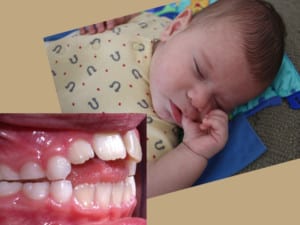
Despite the potential problems of thumbsucking to your child’s teeth, there is not much concern about babies sucking their thumbs. Toddlers generally stop this self-soothing sucking behavior between the ages of two and four years of age, before they start having any difficulties with their teeth. If you child is still sucking his or her thumb by the age of four, it is time to begin work to break the habit. If the child’s permanent teeth come in while they continue thumbsucking behaviors, this is the time period where they can cause lifelong damage to their teeth.
Breaking the habit of a pacifier can be easier for parents because the pacifier can simply be taken away, while the thumb is always easily available. Moving in small steps towards breaking habits can remove the stress from the situation. Begin removing the pacifier for short periods of time, and gradually lengthening this time until you are using it only when the child is sleeping. Then remove the pacifier from nap times, while still using it at night, and then remove it altogether. Keeping the pacifier out of sight, and using praise and encouragement to help your child to overcome insecurity, reminding them they are big kids while letting them know you are on their side and that you are going through this together can help them move away from this behavior.
Tooth Eruption-Baby’s First Teeth
Baby’s first tooth is a milestone for not only the baby but the parents as well. There is so much that a baby’s first tooth represents for small and larger families alike. And for everybody it’s a very exciting time, especially for the baby, even though he or she doesn’t know it. It’s exciting for the baby because once the first tooth erupts most babies will follow a rather foreseeable teething pattern. All of your baby’s teeth buds are formed before they are even born, and you usually see the first tooth erupt between six and ten months of age.
The lower middle incisors are normally the first ones to emerge, with the upper middle incisors following. But in all reality each baby, as we all know, is very unique and the teething process can be totally unique as well. However, it is shown that teeth typically start to erupt from the incisions moving outward towards the molars.
Most of the twenty baby teeth will be present by the age of three. But just as quickly as they seemed to emerge in the baby’s mouth, the baby teeth will start to fall out in the same order. Moving from the upper and bottom incisors out towards the second molars. Then the adult teeth start to erupt typically when the child turns 6 or 7. Although, once again each child’s teething is their own and the time lengths and ages may vary. Teeth will continue to erupt up until the age of about 21, when the final third molars, or wisdom teeth, emerge for a total of thirty two teeth.
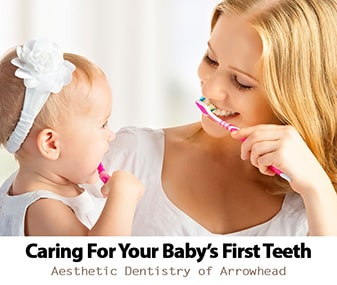
Bringing your baby in for a dental exam can help set them up for a lifetime of great dental habits, and teach them that the dentist office is not someplace to fear. Early identification of tooth decay, identifyng fluoride needs, and helping parents understand the best way to brush baby’s teeth are good reasons to bring in a child with only a few baby teeth. A first session may include an examination of teeth, gums, jaw, and bite to monitor development and identify any potential problem areas, and a gentle cleaning.
Schedule your baby’s first dental exam with our dentist Dr. Greg Ceyhan in Peoria today!









